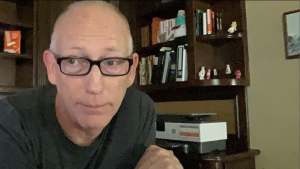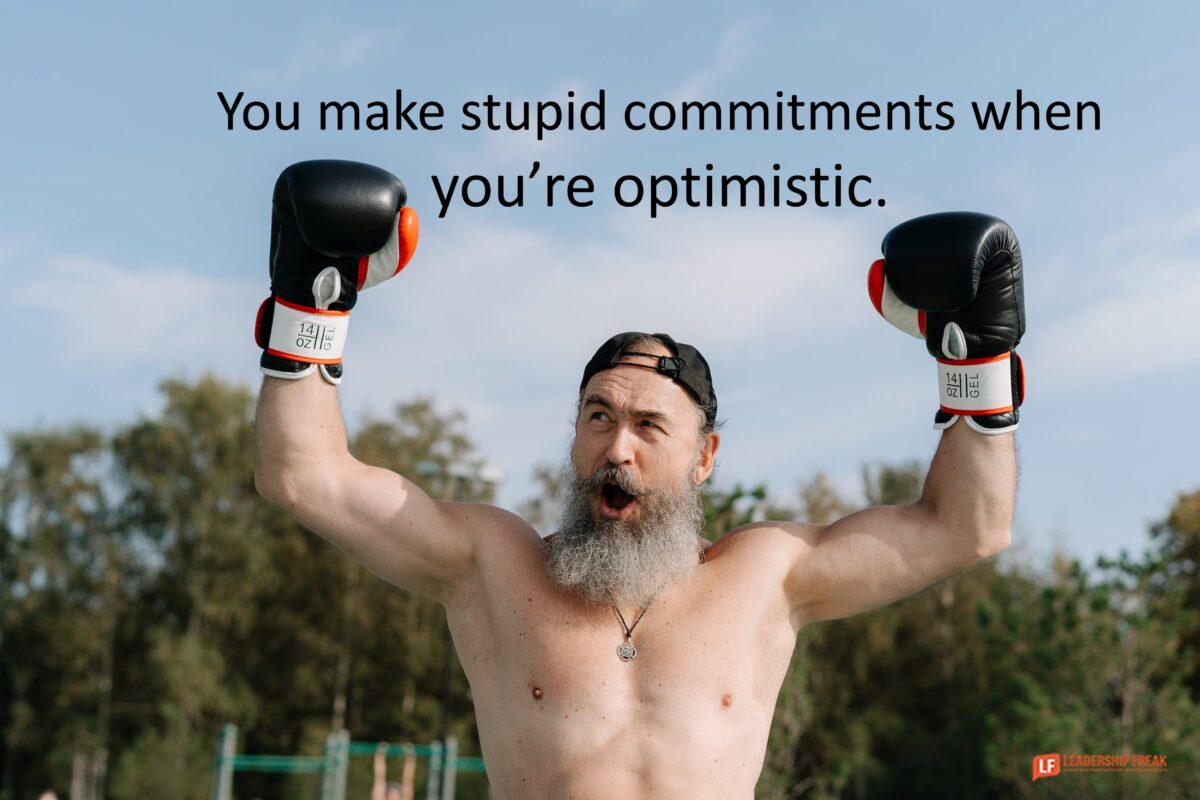While the drink used to be thought safe for brain health, the latest research finds otherwise.
Drinking as little as three glasses of wine or three cans of beer per week is linked to Alzheimer’s and Parkinson’s disease, research finds.
People who drank more than this amount of any alcohol, the study found, had elevated levels of iron in their brains.
Iron accumulation has been found in both Parkinson’s and Alzheimer’s disease and may help to explain cognitive decline.
The research included over 20,000 people included in the UK Biobank study.
All had reported their alcohol consumption and had their brains scanned, while 7,000 had had MRIs of their livers to assess iron levels.
Average alcohol intake was around 18 UK units, which is equivalent to over 7 cans of beer or 6 large glasses of wine.
The results showed that anything above 7 units per week was linked to high levels of iron in the basal ganglia, a group of neurons involved in a whide range of cognitive functions, such as learning, movement and the emotions.
Dr Anya Topiwala, the study’s first author, said:
“In the largest study to date, we found drinking greater than 7 units of alcohol weekly associated with iron accumulation in the brain.
Higher brain iron in turn linked to poorer cognitive performance.
Iron accumulation could underlie alcohol-related cognitive decline.”
In the US, 7 units is this is about 4 standard drinks, which are 12 oz of beer, 5 oz of wine or 1.5 oz of a distilled spirit.
Reassessing alcohol’s effect on the brain
While moderate drinking used to be thought safe for brain health, the latest research finds otherwise.
Lower and lower amounts of alcohol have been linked to cognitive decline and neurodegeneration.
For example, as little as one alcoholic drink per day has been linked to brain shrinkage.
People who have as little as a glass of wine or pint of beer each day show greater signs of brain shrinkage with age.
Averaging four drinks a day was linked by this study to the equivalent of 10 years of brain aging.
The more people drink, therefore, the stronger the association gets between alcohol and brain shrinkage.
Even low levels of alcohol intake can damage memory, problem-solving skills and the ability to read emotions.
And alcohol continues to cause brain damage even six weeks after giving it up.
The study was published in the journal PLOS Medicine (Topiwala et al., 2022).
Keep reading here

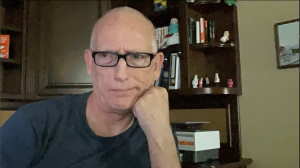
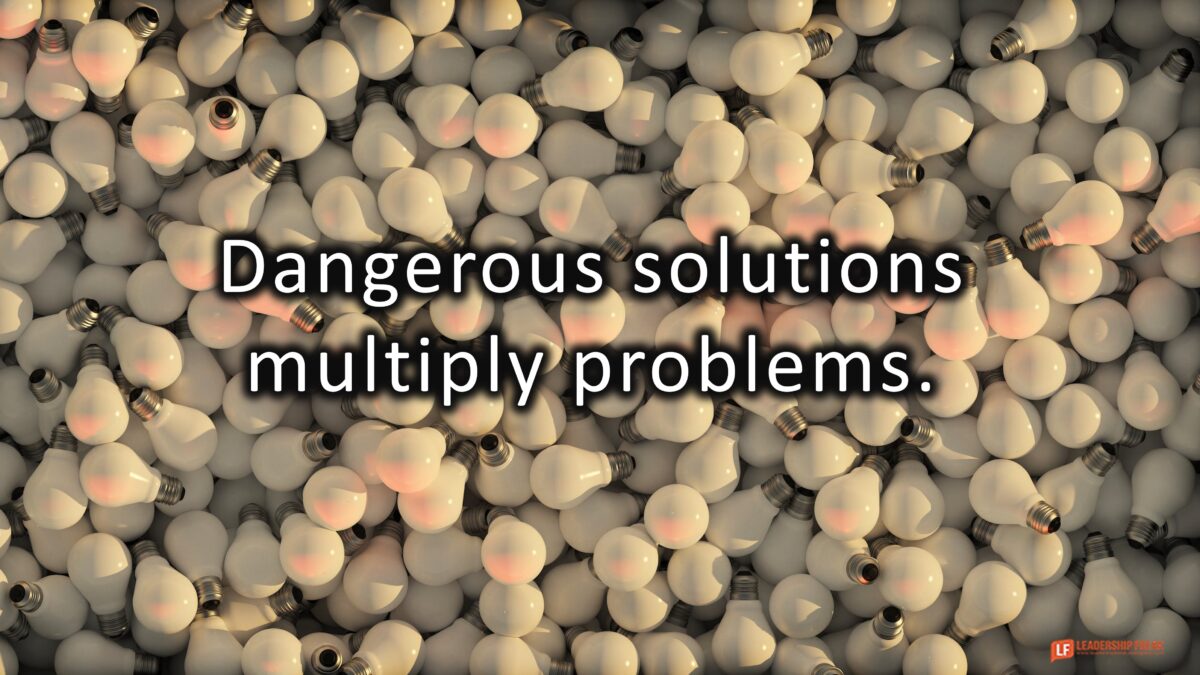




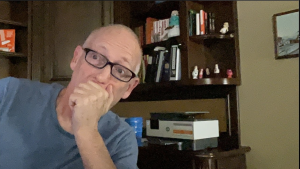

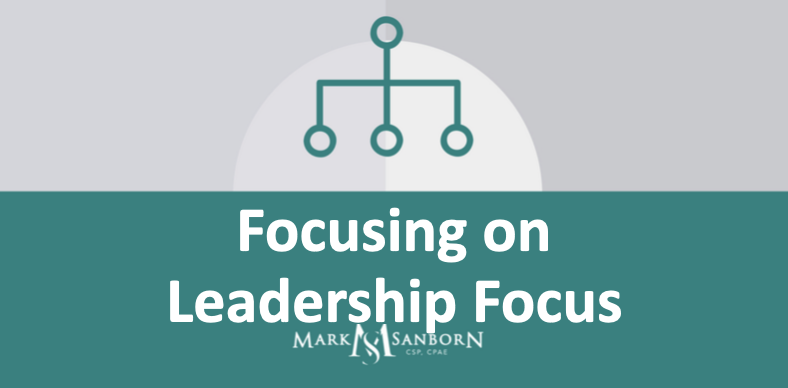
 Mahatma Gandhi led India’s non-violent independence movement against British rule in the early 20th century. Gandhi was known for his unwavering focus on his ultimate goal of achieving independence for India, and he was able to inspire millions of people to join him in his cause.
Mahatma Gandhi led India’s non-violent independence movement against British rule in the early 20th century. Gandhi was known for his unwavering focus on his ultimate goal of achieving independence for India, and he was able to inspire millions of people to join him in his cause.